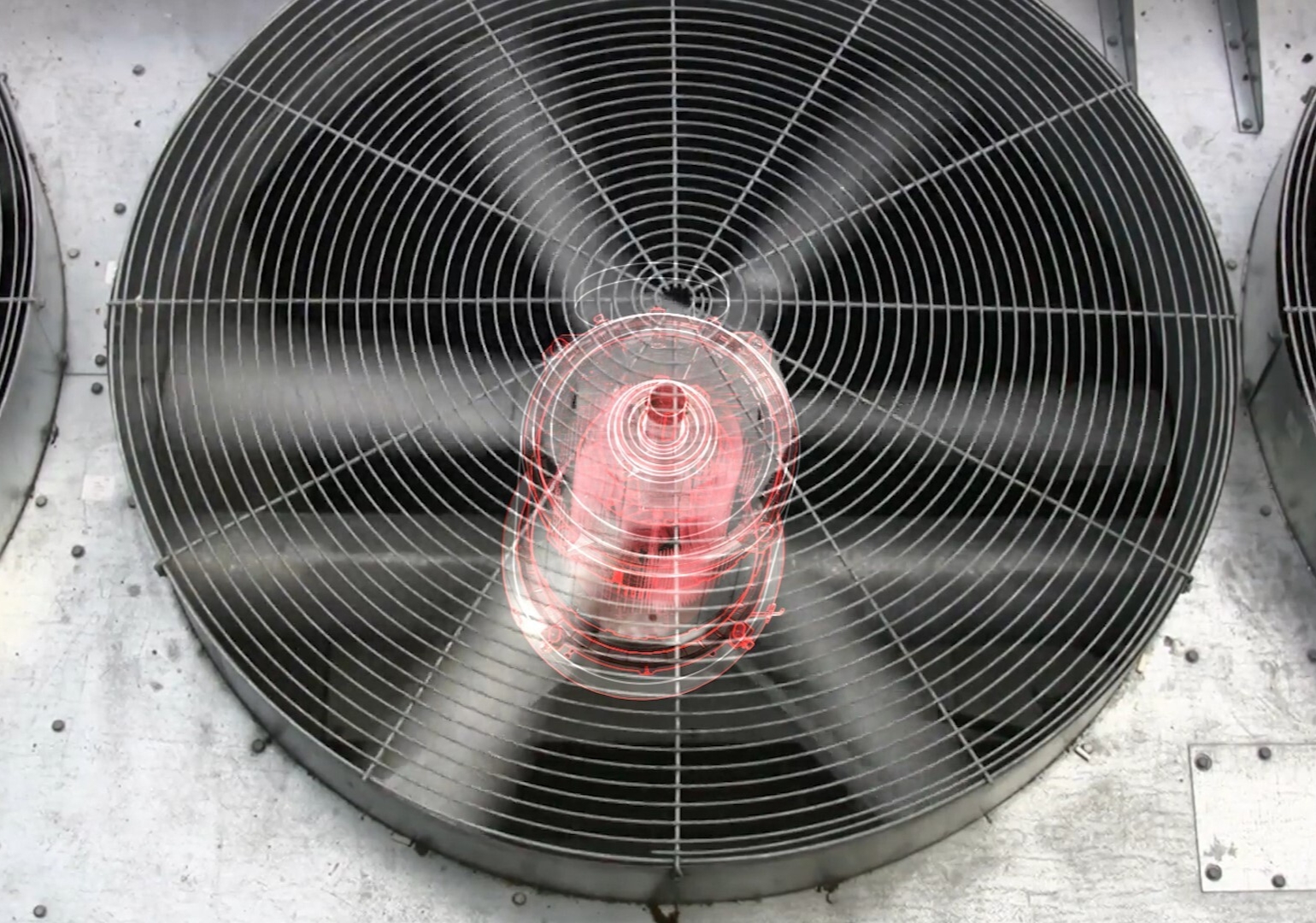Almost half the world’s electricity goes to driving electric motors, making energy efficiency key to decarbonisation.
Renewable energy takes the lion’s share of conversation about decarbonisation, but the reality is that prioritising energy efficiency is just as vital.
In the next 25 years, global electricity demand is predicted to more than double, largely due to increased population growth, electrification and industrial process heating.
Despite more renewable energy being available, a simultaneous focus on demand is needed to reach Net Zero targets. With mandatory climate reporting – kicking in on 1 January 2025 – just around the corner, there is a further imperative to invest in energy efficiency.
But it is also good business. As energy prices rise, an investment in energy efficiency can increase output while using the same amount of energy, driving down costs while maximising profits.
For many industries, motor selection can play a key role in improving energy efficiency – with those that have higher efficiency ratings able to convert more electrical energy into mechanical energy, improving overall efficiency.
Among the most energy-efficient are ABB’s synchronous reluctance (SynRM) motors, with an International Efficiency Standard rating of IE5.
Chris Cheong, director of A1 Electric Motors – a technical distributor of ABB SynRM motors – explains the myriad benefits of upgrading from a standard induction motor.
How do SynRM motors work?
SynRM motors are based on permanent magnet technology, but have all the benefits of induction motors. Because the rotor is made of silicon laminate steel – and contains no rare earth materials such as copper – it doesn’t produce any magnetic flux.
Much of the motor’s “magic” is in the variable speed drive (VSD) that runs it, Cheong said.
“The VSD, provided through a verified package by ABB, calculates the revolutions per minute and the kilowatts needed to induce the right amount of current and voltage into the motor to generate the flux that spins the rotor over – getting it to run in synchronous tune to the magnetic field at the stator,” he said. “That creates no slip and no heat loss from the rotor.”
This in turn leads to significant energy savings and overall efficiencies. “Less heat means less kilowatts, and better energy savings all around,” Cheong said.
The energy savings vary per application – whether variable or constant torque loads – depending on run times and kilowatt per hour costs.
“However, we are seeing a reduction in kilovolt-amperes demand on power bills by a significant amount,” he said.
What are the applications of SynRM motors?
SynRM motors have a multitude of industry applications, from heating, ventilation, and air conditioning pumps to fans and bulk-material handling.
“For example, GrainCorp uses them throughout their factory to reduce energy costs,” Cheong said. “SynRM is also used in the water industry, with Yarra Valley Water installing the motor a couple of years ago.”
The motors are also popular for industrial refrigeration in the food and beverage industry. “Campbell’s Soup uses them through their screw refrigeration compressor,” he added.

What drives customer choice?
The motivations for switching to a SynRM motor are as diverse as the industry applications they serve.
“Some industries and sectors are looking to reduce power consumption to improve National Australian Built Environment Rating System (NABER) ratings for buildings, for example,” Cheong said.
For others, energy efficiency is an integral component of their decarbonisation strategy.
“Some of the people we deal with are more interested in saving CO₂ and dealing in carbon credits,” he said.
“Whereas others want to switch to SynRM to reduce base load efficiencies and create more space in switchboards, because when motor control centres are at capacity, a SynRM motor will draw a lot less current gain from the line side to the drive.”
Others still are partial to the reliability the motors provide.
“Because they run about 30° C cooler than a standard motor, the bearing life is longer and the greasing intervals are a lot fewer, depending on the [operating] environment,” Cheong said.
SynRM motors also run about eight decibels quieter than a standard induction motor, which helps to reduce noise pollution, particularly in plant rooms or environments with town booster pumps.
“The reduction in audible noise makes a big difference when it comes to occupational health and safety as well,” he added.
The absence of magnets in the SynRM rotor also means better serviceability.
“If you’re trying to pull a magnet out of a stator, it’s hard to service because you need to fight the magnetic forces,” Cheong said. “With SynRM motors, you can pull the end shields off and the rotor out of the windings without much resistance, so it’s a lot safer and more user friendly for servicing.”
A worthwhile investment
A recent client of A1 Electric Motors – a large shopping centre in Sydney – had been relying on a standard induction motor in its air handling unit (AHU) that was manufactured in 2004, and was keen to upgrade to a more efficient system.
Pre-SynRM motor installation, a Fluke 1777 power meter was used to capture data from the AHU with the existing asynchronous motor in service, and again after the SynRM motor was installed.
Following an analysis that took into account the costs associated with consumption and demand, A1 was able to determine that the SynRM motor installation led to $2500 annual reduction in operational costs for that single unit.
In addition to cheaper running costs, the customer was also able to reduce CO₂ emissions by 5418.34 kg each year, with an overall maximum electricity demand reduction of 25%.
While the cost of a higher efficiency motor might be 10–20 per cent more expensive at the outset than a standard induction motor, it’s the long-term outlay that counts, Cheong said.
‘The capital cost of a motor amounts to only 1% of the actual cost,” he said. “It’s the running cost of the motor that costs you.”
For more information on the applications and benefits of SynRM, reach out to ABB Australia.
